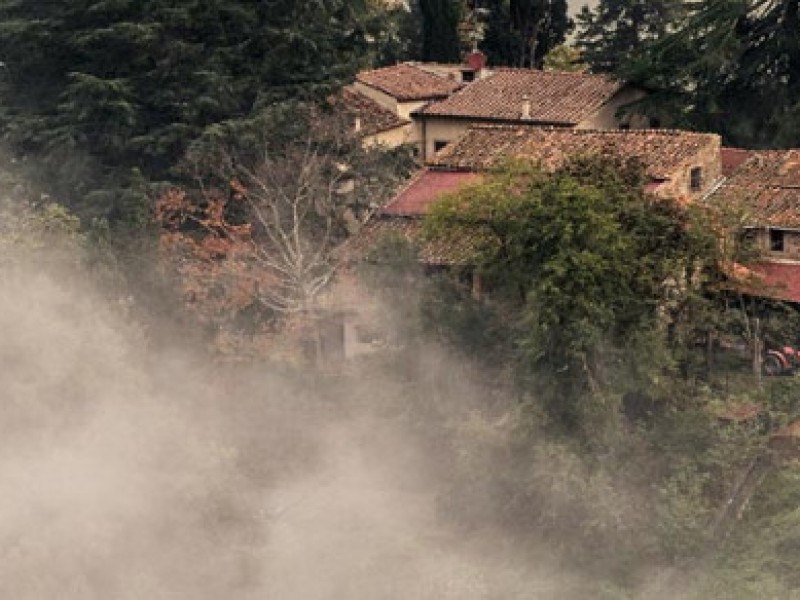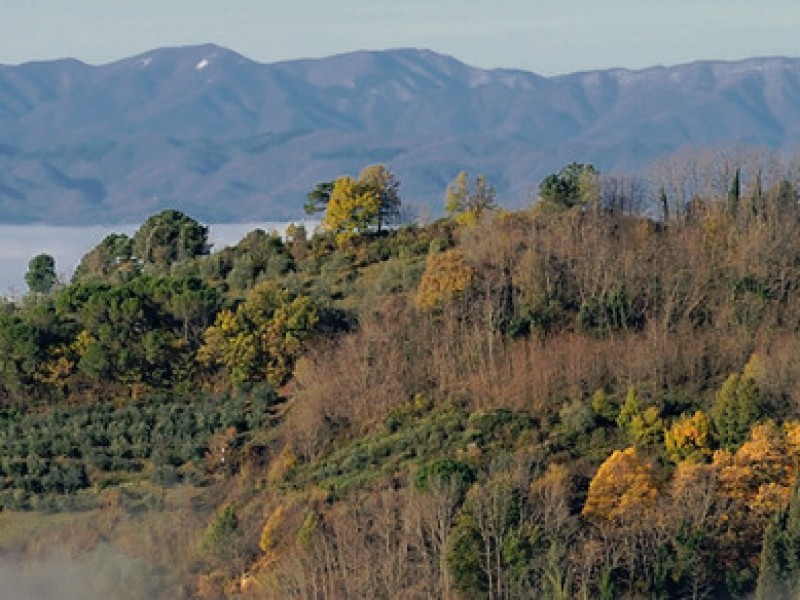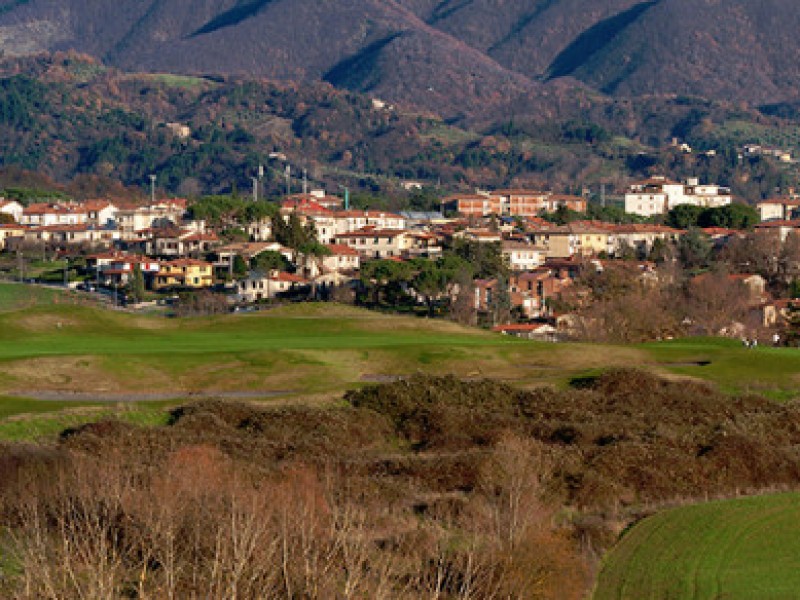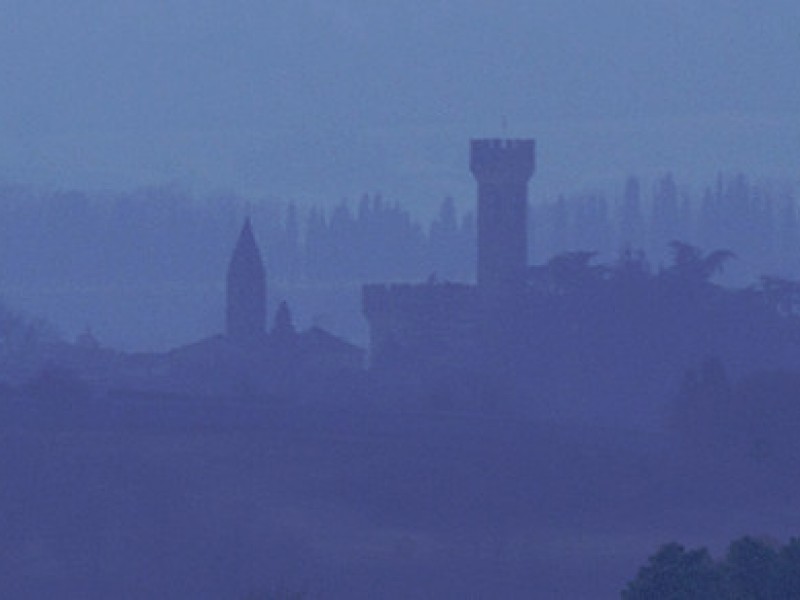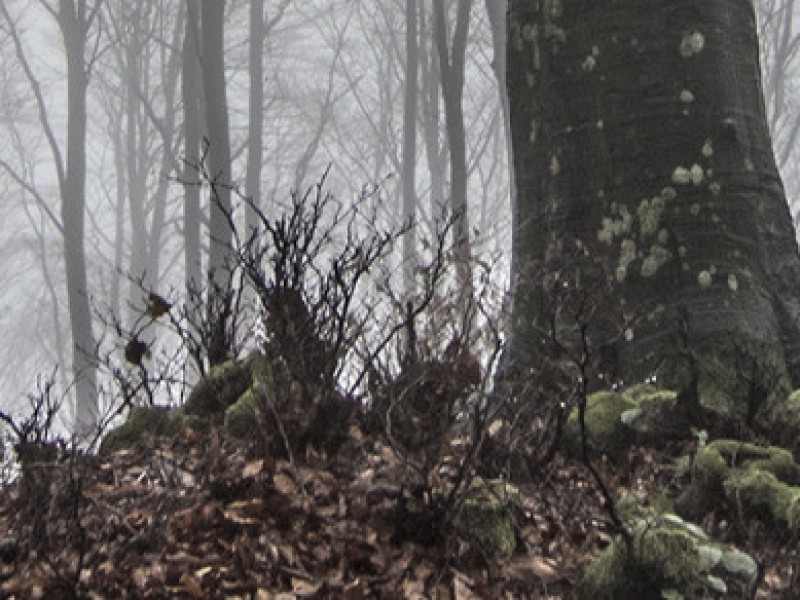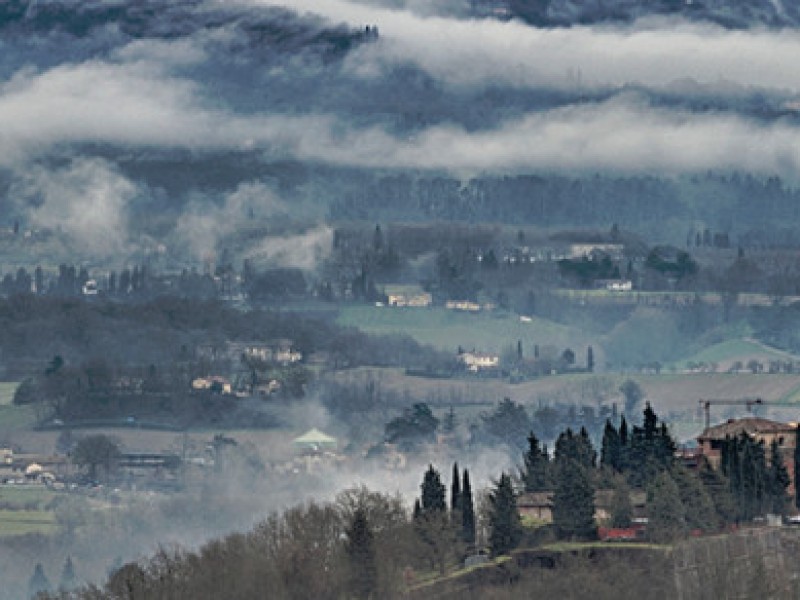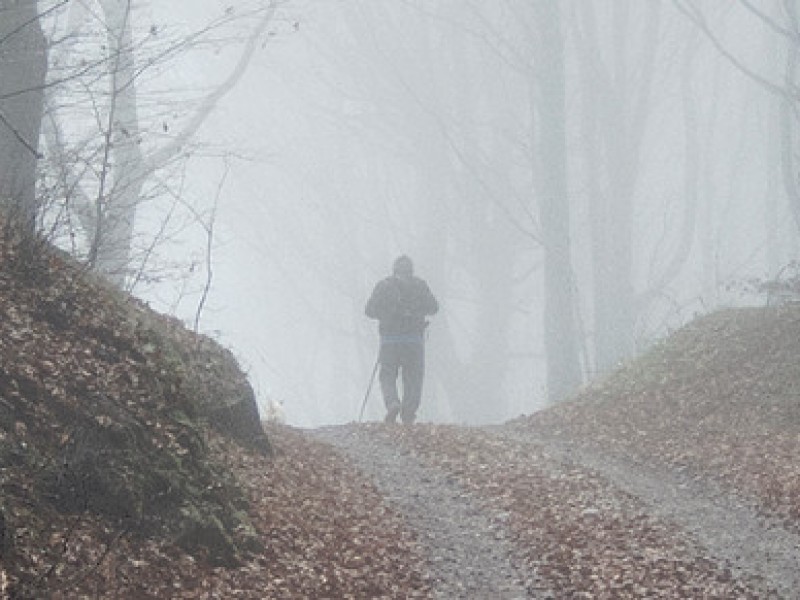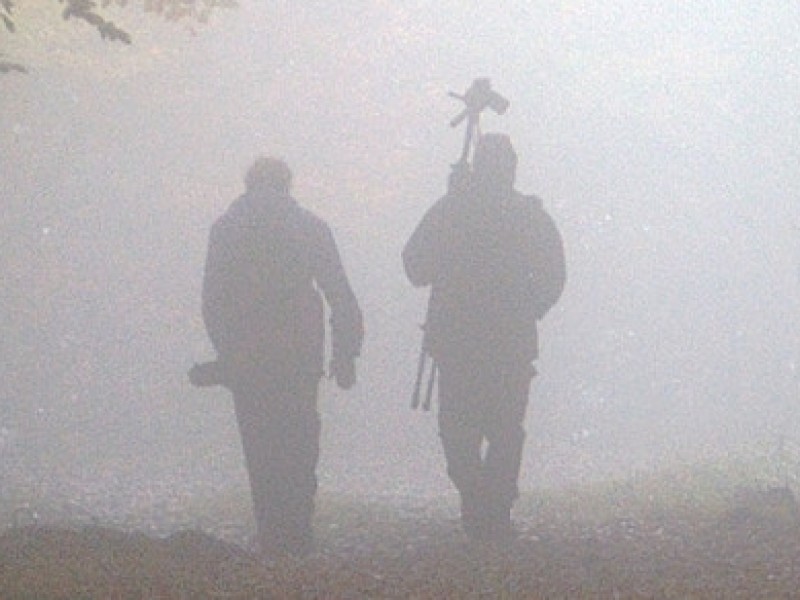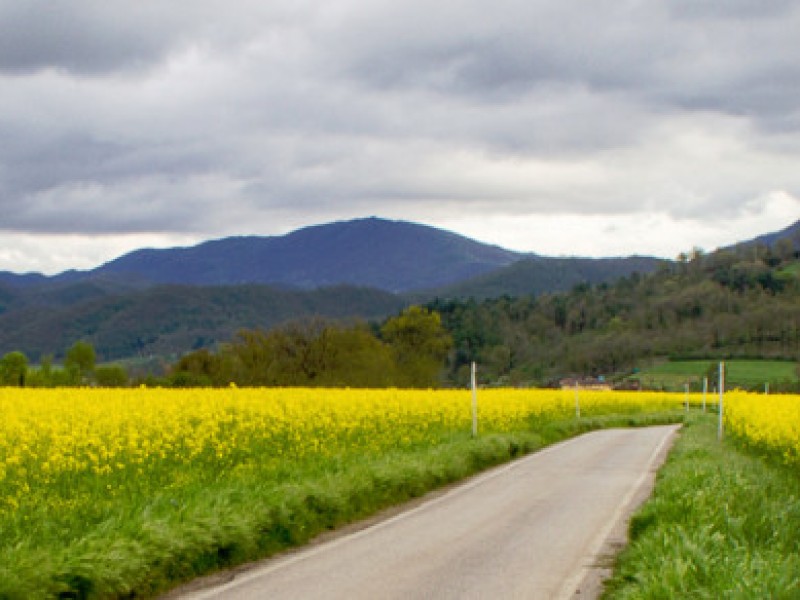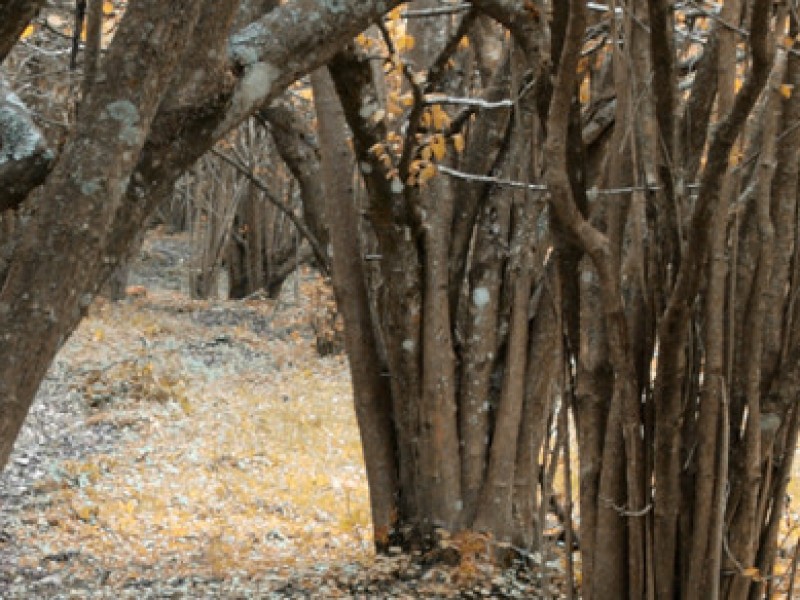TECHNIQUE
The tour, 40.3 kilometres long, suits cyclists with average training.
The road climbs about 250 metres in height, but 200 metres are run in 3 kilometres at a gradient of 10% in some points. Consequently, it is necessary to adopt gears that will stop us from “stalling” (39/23-25 in. is the best choice). The course is not particularly strenuous and the excursion can be cycled in any season (except, maybe, in the extremely cold months of January and February in which some stretches are covered in ice).
Download specifications (in Italian)
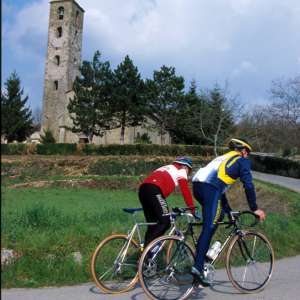 We depart from Borgo San Lorenzo, the biggest town in Mugello and also the service centre of the territory, and travel towards Florence along State Road 302, Brisighellese-Ravennate (known as the “Faentina”). Once past the bridge over the Sieve River we turn left at the first intersection towards the town of Sagginale and move through the bottom of the valley along the Sieve River. The road is wide and the traffic scarce. While on this road, which is sun drenched in summer, it is easy to imagine life as it was prior to industrialization. Traffic is far off, on the other side of the river, and the silence is broken only by the rare lorry or car, or by the tractors that move to and from the many farm houses that are still productive in the area.
We depart from Borgo San Lorenzo, the biggest town in Mugello and also the service centre of the territory, and travel towards Florence along State Road 302, Brisighellese-Ravennate (known as the “Faentina”). Once past the bridge over the Sieve River we turn left at the first intersection towards the town of Sagginale and move through the bottom of the valley along the Sieve River. The road is wide and the traffic scarce. While on this road, which is sun drenched in summer, it is easy to imagine life as it was prior to industrialization. Traffic is far off, on the other side of the river, and the silence is broken only by the rare lorry or car, or by the tractors that move to and from the many farm houses that are still productive in the area.At 4.1 kilometres from the intersection, we leave the bottom of the valley and turn left towards San Cresci. Traffic is still almost non-existent but the road narrows and becomes a gravel road that rises at first intermittently and then constantly. The slope is steep and at some points exceeds a gradient of 12-14% making the use of lower gears a must. At 5.9 km we welcome the 100 metres of flat road that allows us to catch our breath, but the road soon starts to climb again, though a little less steeply this time.
At 7 kilometres from the start of the tour, hidden among the trees, the bell tower of San Cresci church comes into view. This means that we’ve almost reached the end of the climb. In fact, just 300 metres further the road starts to descend compensating us for our endeavour. Villas and farm houses dot this landscape where time seems to move more slowly than in the city.
The pleasant ride, however, doesn’t last long because at 8.5 km the road begins to climb sharply again until we reach Arliano. One more kilometre of gentle climbing and leads us to Campestri where we touch the highest point of this tour (461 metres above sea level). The fast and winding descent allows us to admire the breathtaking view of the Sieve valley and, further off, the town of Vicchio di Mugello. At 12.2 km we find a fresh water fountain to refill our depleted water bottles and then, 1,500 metres later, we find ourselves back at the bottom of the valley.
 We turn left towards Vicchio. A hundred or so metres later we meet the road that goes to Barbiana, (5 km alternative route), the quaint hamlet which witnessed the controversial, yet greatly respected, life and teaching methods of Don Lorenzo Milani. At 16.4 km we reach Ponte a Vicchio and the splendid bridge that crosses the Sieve river. We move towards Dicomano along a road that is scented with the wines and meats of Tuscany. The road is narrow but the limited traffic allows us to take pleasure in this shady dale that lies between Mount Giove and the Sieve River.
We turn left towards Vicchio. A hundred or so metres later we meet the road that goes to Barbiana, (5 km alternative route), the quaint hamlet which witnessed the controversial, yet greatly respected, life and teaching methods of Don Lorenzo Milani. At 16.4 km we reach Ponte a Vicchio and the splendid bridge that crosses the Sieve river. We move towards Dicomano along a road that is scented with the wines and meats of Tuscany. The road is narrow but the limited traffic allows us to take pleasure in this shady dale that lies between Mount Giove and the Sieve River.
At 23.3 km, just past the rural community of Bovino, which, as its name indicates, is characterized by the presence of stud-cattle, we go left towards Dicomano (water fountain at 24.4 km), which we reach at 25 kilometres from the start of the tour.
We step back into present-day life as we cross the town of Dicomano and turn onto the state road that leads back to Borgo San Lorenzo. The 15 kilometre stretch that joins the two towns is part of the Spoleto – Scarperia stage (after crossing the Croce ai Mori Apennine Mountain Pass) of the 2007 edition of the Giro d’Italia.
The traffic on this stretch of road is rather heavy but it is still easy to appreciate the typical Tuscan countryside. Once past the sizeable “Il Forteto” farm complex, and the Balze di Vicchio (the crags of Vicchio) – sharp, yet effortless, slopes– we reach Vicchio (34.2 km), the town in which the two great artists, Giotto and Beato Angelico, were born. Past the town, at 37 kilometres from the start of our tour, we meet the road for Vespignano where Giotto’s home still stands, and, three kilometres of flat road later, the town of Borgo San Lorenzo.
THINGS TO SEE !
BORGO S. LORENZO
The principal city in Mugello rose in the area of the Romanesque San Lorenzo PARISH CHURCH, which flaunts a semi-dodecagonal bell tower, and a splendid MADONNA attributed to Giotto.
Interesting places to visit on the Art Nouveau Itinerary:
- The CHINI CERAMIC MUSEUM in the splendid VILLA PECORI GIRALDI
- PALAZZO COMUNALE (City Hall)
- The MISERICORDIA ORATORY.
In the surrounding areas:
- The MUSEUM OF FARM LIFE AND CUSTOMS CASA d’ERCI (Grezzano) where you can view a collection of farm tools and take an interesting nature walk.
- SAN GIOVANNI MAGGIORE parish church, which dates back to the 10th century, and the 11th century octagonal bell tower.
- The MADONNA DEI TRE FIUMI ORATORY, which dates back to 1578, and the still functional ancient MARGHERI MILL nearby.
Comune di Borgo S. Lorenzo:
tel. 055/849661
fax 055/8456782
www.comune.borgo-san-lorenzo.fi.it













